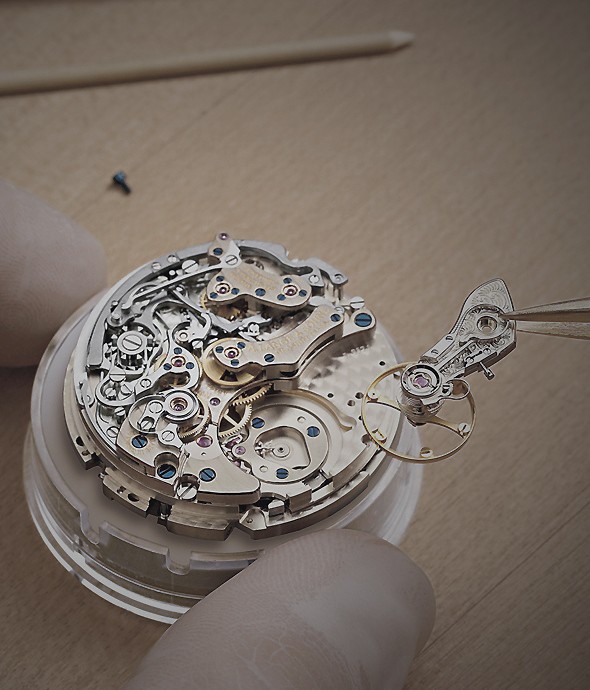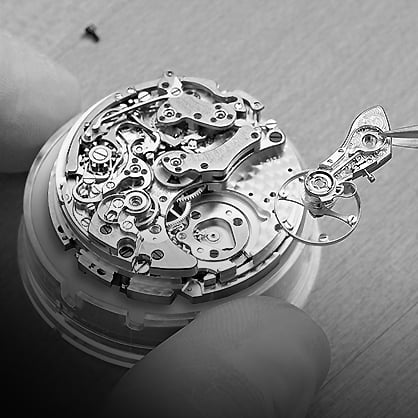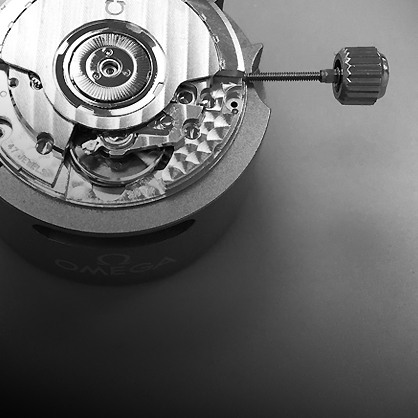Watch Maintenance
Your watch is an investment of passion. As such, there are a few simple things you can do to look after and extend your watch’s life for many years.
There are also things you should avoid to ensure the best possible upkeep of your watch:- Chemicals – keep the watch away from perfumes, cosmetics, detergents and solvents, as they can damage some parts of your watch, including the seals that protect it from moisture and dust.
- Extreme temperatures – quartz watches may stop in extremely low temperatures, and many mechanical watches should avoid exposure to temperatures over 60°C or 140°F, or lower than 0°C, or 32°F. However, there are some mechanical watches designed to work in extreme temperatures below -22°C.
- Knocks, shocks, drops, and vibrations – this can cause damage to the case, crystal dial and hands, while also risking unseen damage to the movement of your watch.
- Magnetic fields – avoid placing mechanical watches on or near permanent magnets, such as speakers, computers and mobile phones, as this could cause your watch to run incorrectly.
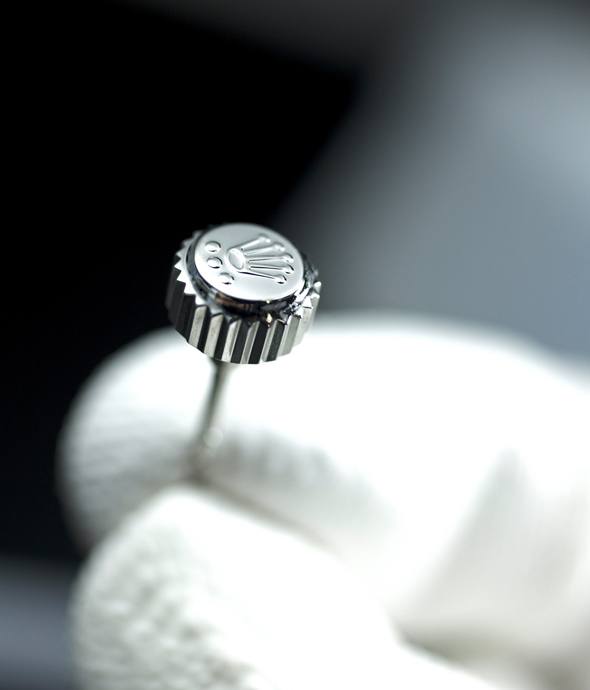
Winding and Setting
If your watch has not been worn in several days, it is important to wind it before setting the time, day, or date. All watches lose power if they are not being worn, including automatic watches.
Manual Watch
Wind your watch by turning the crown until it stops, or you feel resistance. Do not force the crown, as you can damage the setting mechanism.
Automatic Watch
If worn daily, you should not need to wind your watch. Automatic watches have a mechanism that winds the mainspring automatically when you are wearing the watch; it is triggered by the movement of your wrist.
If you haven’t worn your watch for a few days, wind it by turning the crown 20 to 40 times. Ensure you remove your watch from your wrist before winding.
Setting Your Watch
On many mechanical watches, you must not change the day or date of your watch between 9pm and 3am, as it may cause damage to the watch movement. On most watches, the gears that change the day and date are active between those times. Therefore, it is good practice on all mechanical and automatic watches to avoid changes during these times.
The day and date can be set on most watches by pulling the crown out all the way, then turning it clockwise to change the date, or counter-clockwise to change the day.
Important tip: once you have wound or set your watch, ensure you screw the crown back into the case, if applicable, as this protects the movement from water and debris.
Before setting your watch, please remember to check your user guide, or speak to one of our expert showroom consultants. This will avoid any unnecessary damage being sustained, as instructions may vary between models and manufacturers.
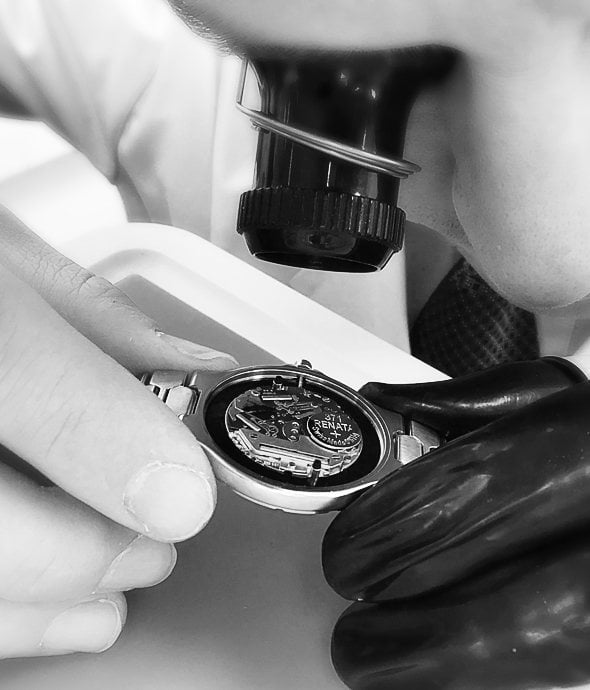
Watch Cleaning
Keeping your watch clean and dry, if it’s not water resistant, is very important to making sure your watch remains in good working order. Use a dry soft cloth to wipe over your watch regularly to remove dust, dirt, moisture, and perspiration. If your watch is water resistant, you can use a damp soft cloth, followed by a dry soft cloth to keep your watch clean. The internal components of your watch are cleaned as part of a service.
Replacing the Battery
Every quartz watch will need a new battery at some stage and the lifespan of a battery is dependent upon:
- the age of your watch
- the condition of the movement
- the type of watch – analogue/chronograph/digital
- and the functions the watch has – the more functions your watch has, the more frequent the need for battery replacements
Watch Guides
Find out more about watches.
Watch CLP Page
